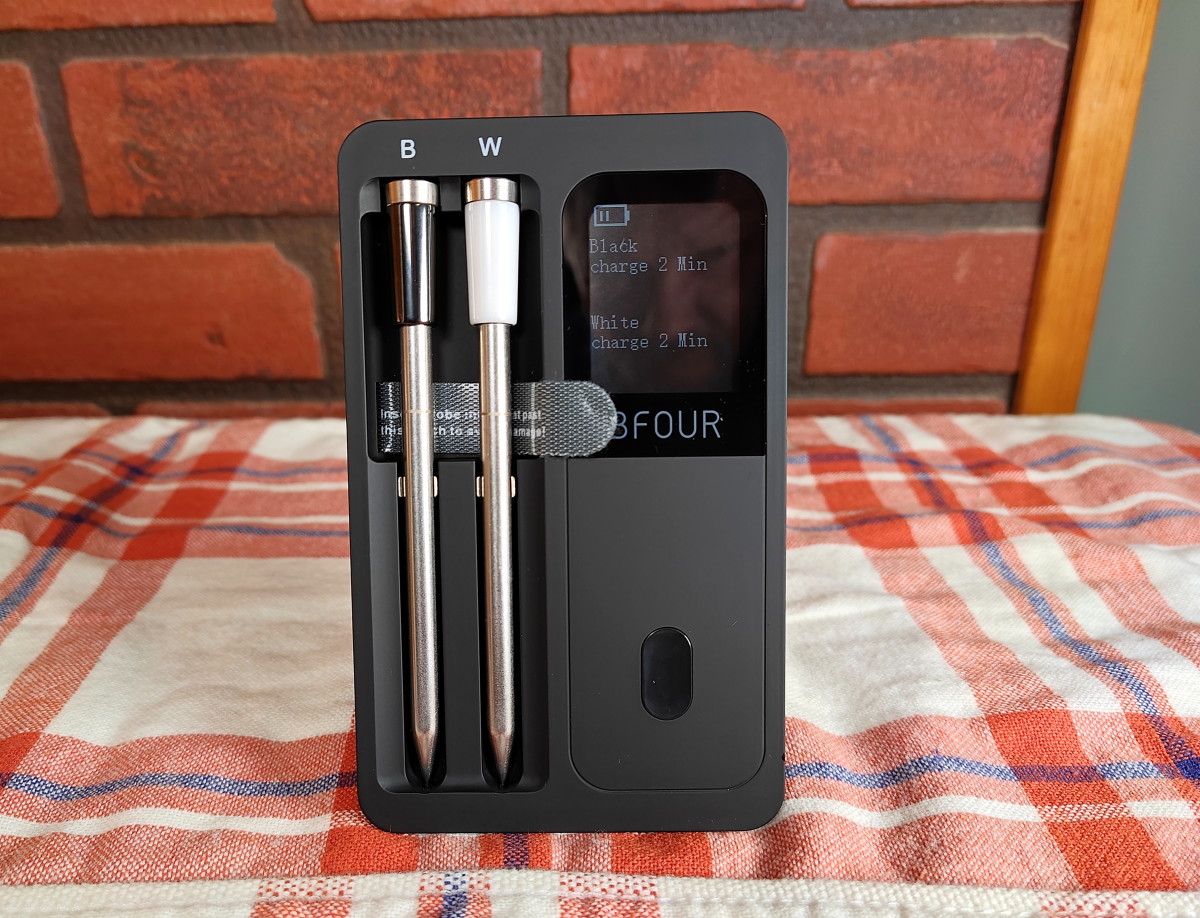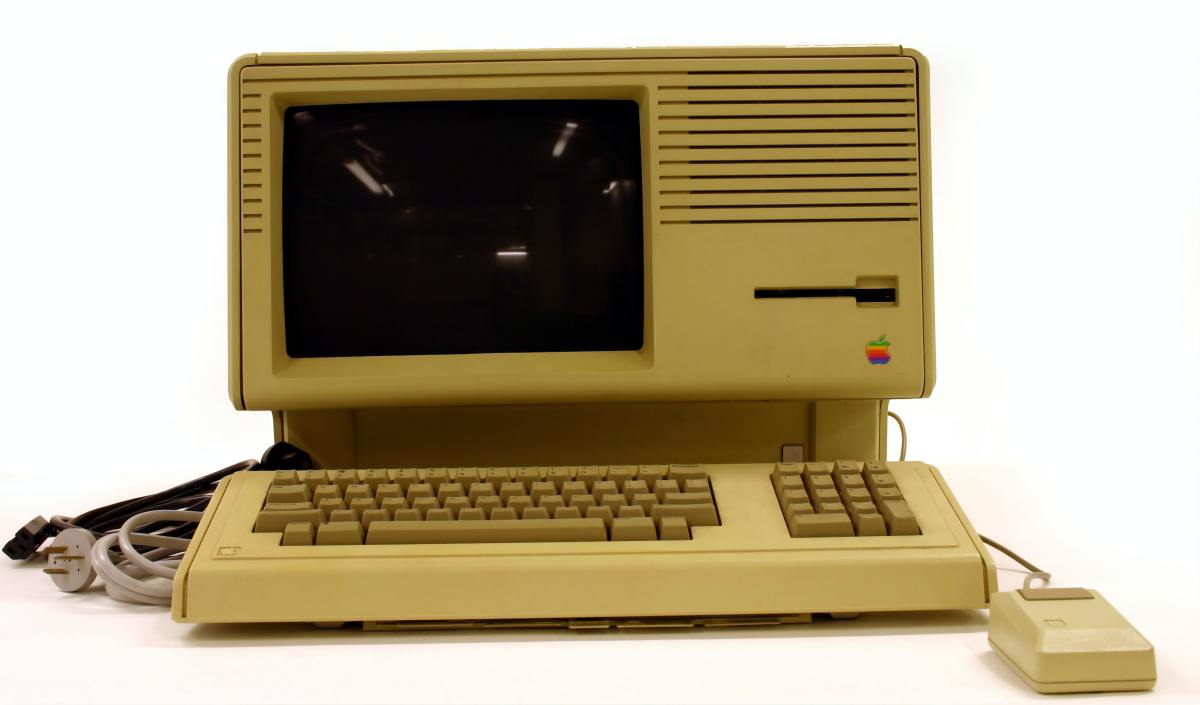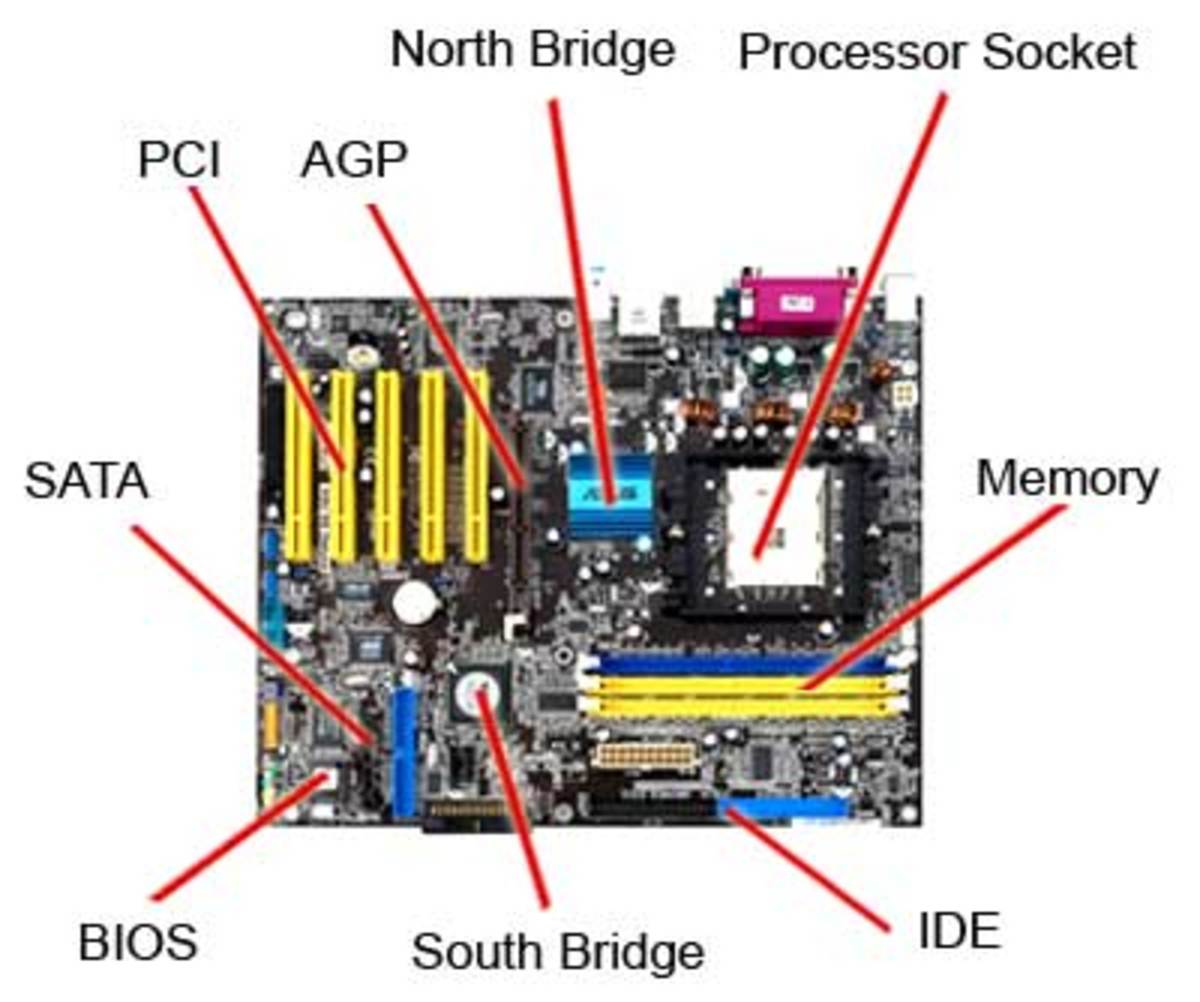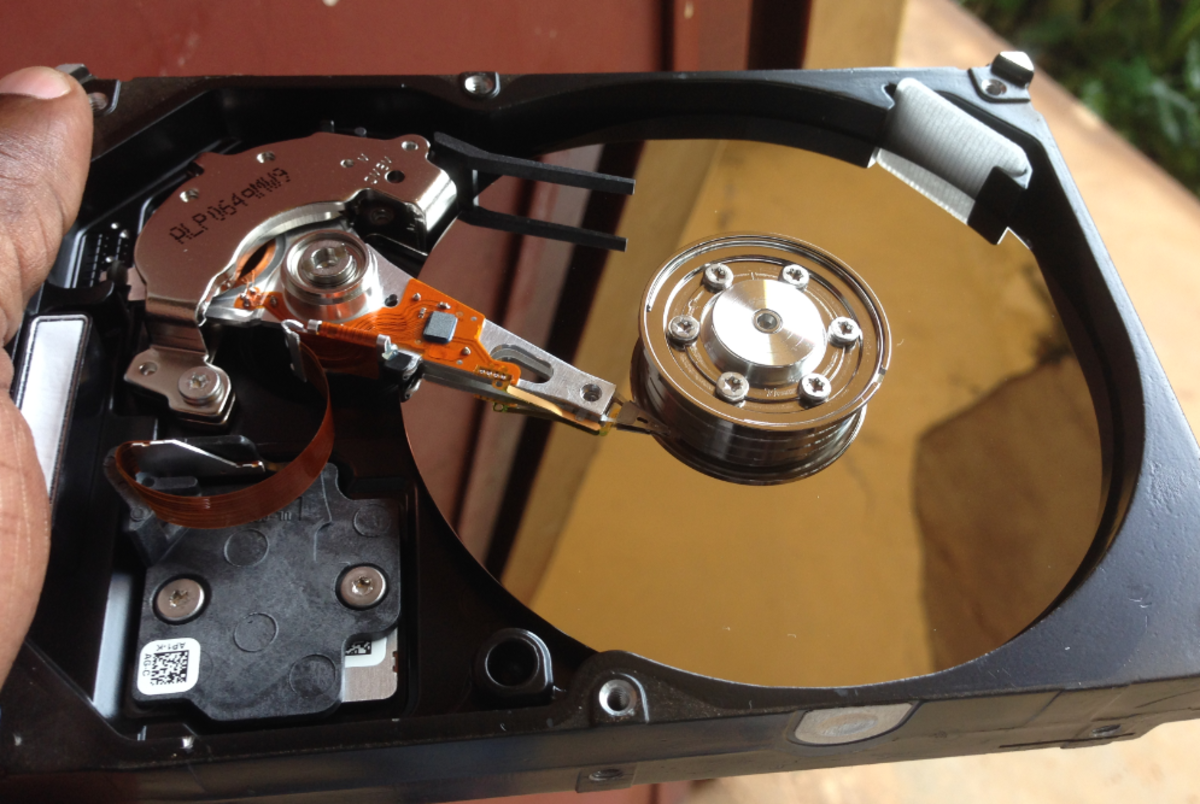Networking Standards
Why 802?
Anyone who has purchased a wireless device like a broadband access router to connect wireless devices to the Internet using a cable modem or DSL line has seen the 802.11 tag printed on the box. However, what do those numbers mean? 802.11 is one of the many standards for network devices developed by the IEEE as classifications and specifications for wireless devices. The 802.11 class is followed by a letter, as in 802.11g, where the letter helps further classify devices according to their characteristics; in this case, the speed of the device. The 802.11g revision of the specification extends the performance of devices to 54 Mbit/s over a 2.4 GHz band.
There are more specifications in the 802 series than just those covering wireless devices. Standardized networking technologies are covered by the series and the number after the period following 802 defines the particular technology. The 802.11 specification is for wireless devices, 802.2 covers Logical Link Control (LLC), 802.3 covers Ethernet, and 802.5 covers IBM's Token Ring.
Why was the number 802 used as the title for these specifications? One story states that when the task force met for the first time one of their initial tasks was to decide upon a title for the upcoming series of specifications. With time drawing short and no agreeable titles formulated, they decided to use the room number of the room for that initial meeting; hence, the 802 specifications were born.








